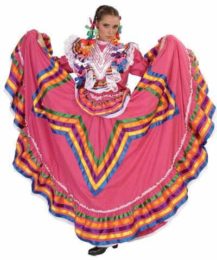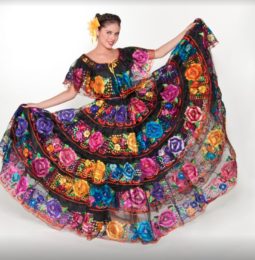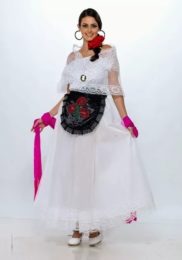Women’s fashion in Mexico is vibrant, complex and political. A new exhibition of Frida Kahlo’s artefacts in New York reminds us of the continued fight for female freedom of expression.
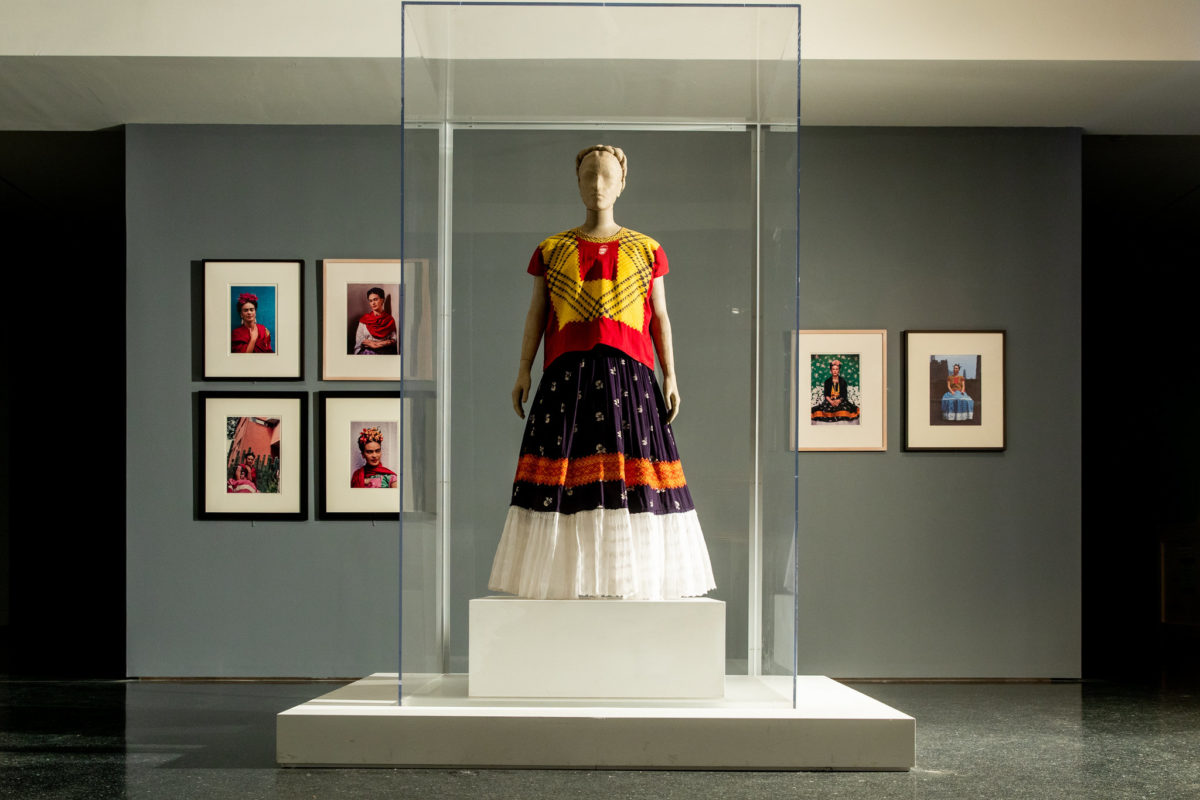
When foreigners imagine Mexican fashion, they think of mariachi hats and ponchos but aside from these gimmicky symbols, there are real fashion issues lying underneath. With more women joining previously male-dominated fields in Mexico, female equality is still a hot topic shaping the way that women dress.
Frida Kahlo
Frida Kahlo is an undeniable emblem of Mexican fashion and feminism. Her image is recognised all over the world as a symbol of female self-determination and the experimental possibilities of the female form. She melds western, indigenous, feminine and masculine qualities into one unique vision. Her clothing was specially chosen to reflect her unique identity and political beliefs.
A current exhibition, Frida Kahlo: Looks Can Be Deceiving, being held in Brooklyn, New York features her possessions including Tehuana clothing and pre-Colonial jewellery. Hand-painted corsets and prosthetics also used during her lifetime are main features of the show.
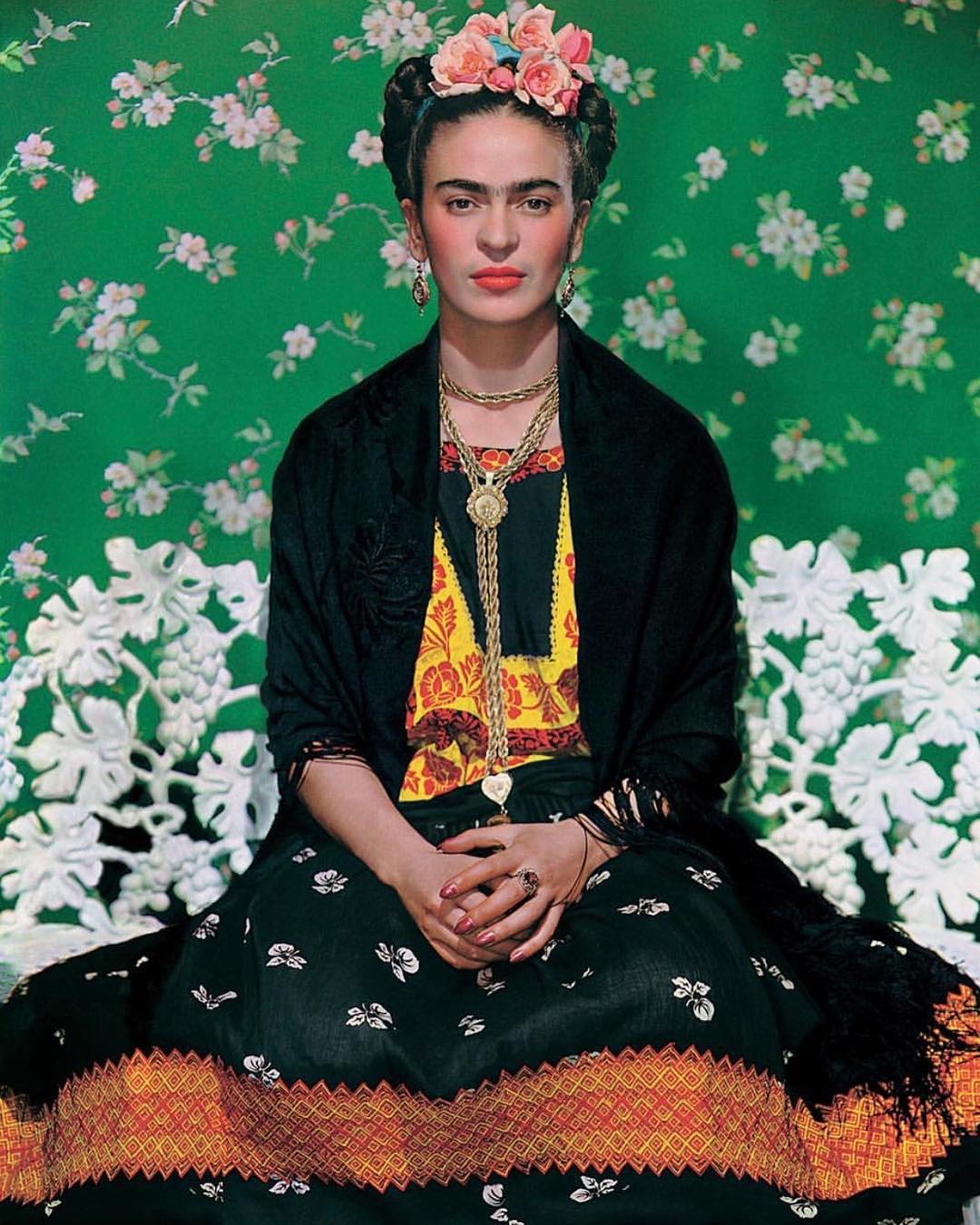
Mexican States
In modern metropolises traditional Mexican clothing is now almost exclusively reserved for indigenous groups, weddings and alternative youth fashion. Today, most Mexican women choose standard fare such as jeans and t-shirts for the everyday. Many enjoy showing off their voluptuous figures in revealing and brightly-coloured clothing. This is particularly true of modern, comparatively richer cities such as Guadalajara and Monterrey. However, even in these locations some women only choose this attire during the daytime and when in groups for security reasons.
However, articles by VICE and The Guardian discuss how many women are dressing more modestly in Mexico City. This is to avoid attracting unwanted attention as sexual harassment is a widespread problem in the capital. In smaller and more rural areas and in poorer states such as Oaxaca and Chiapas, women dress more modestly. This may reflect the larger incidences of gender inequality and female empowerment in these areas.
Women historically wore highly decorative and brightly-coloured garments with ornate embroidery. Traditional Mexican clothing changes from state to state. In Jalisco, women wore large dresses embroidered with colourful ribbons that formed a star. Contrastingly, in Chiapas, women wore black dresses decorated with large brightly-coloured flowers. In Veracruz, women wore white lace dresses with a black apron adorned with flowers.
The Future of Mexican Female Fashion
With the ushering in this year of progressive President, Andrés López Obrador, gender inequality may be on the decline. His current cabinet is touted for being gender neutral however there are still questions about his approach to other fundamental women issues. It will be fascinating to see how any legal changes may affect women’s fashion choices. However, as laws are often governed state-by-state and not nation-wide, some women will no doubt benefit more than others.
With the Frida Kahlo: Looks Can Be Deceiving exhibition in full swing, we would love to know your favourite Frida Kahlo look. Let us know in the comments below.

